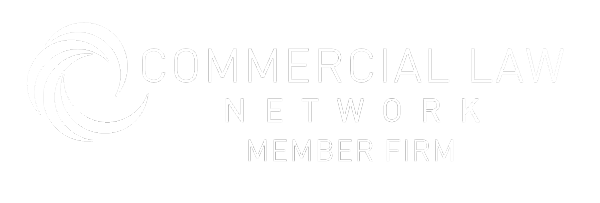Carrying on from our conversation about the 2010 Equality Act, we’re looking at disability inclusion. We cannot stress enough the importance of disability inclusion in the workplace and the moral and legal obligations to provide reasonable accommodations. It’s an aspect of the Equality Act that is infuriatingly ignored far too much. There are a lot of benefits to a diverse and inclusive workforce, including increased innovation, improved problem-solving, and better representation of customers/stakeholders, and that doesn’t happen without disability inclusion. So where are employers going wrong? We explore here.
Understanding Disabilities
Unfortunately, the initial and foremost hurdle to disability inclusion is understanding disability. There are visible and invisible disabilities, physical, cognitive, sensory, etc. disabilities, and a lot of different facets as to how they can impact an individual’s ability to work.
It’s important to avoid assumptions and when hiring or going through the hiring process, take the time to educate yourself on the lifestyle of the person in question.
Legal Requirements and Best Practices
The first move as a business owner or manager is to read up on The Equalities Act 2010, which covers nine protected characteristics, including disability. It protects people from discrimination and legally requires businesses to make reasonable accommodations to remove barriers for disabled candidates and employees.
What does “reasonable accommodation” mean? Well, they might include modified equipment, flexible schedules, accessible facilities, that might be permanent changes to the premises, or additional support and aids.
However, “reasonable” really is subjective. It depends on factors such as the size and resources of the employer, the cost of the adjustment, and the impact on the business. Failure to make reasonable adjustments for a disabled employee or job applicant is considered discrimination under the Equality Act and employers can be held liable for discrimination claims and face penalties, including financial compensation.
Creating an Accessible Physical Environment
It’s important for disability inclusion to ensure that your workplace is physically accessible, including entrances, restrooms, workstations, and common areas. To be excluded from a space due to a lack of physical accessible design features is a form of discrimination.
You’ll want to have a conversation with your disabled employees on hire to understand what is necessary, and you might even consider it if you have clients coming in and out. Look into design features such as ramps, automatic doors, adjustable desks, and assistive technology.
Fostering an Inclusive Culture
The other half of the battle is making sure your employees are considered equal in their workplace. They have been hired for their skills and are qualified for the job, so there should be no question of whether they can do it despite their status as disabled. And yet, people are cruel.
Consistently reinforce disability awareness and sensitivity training for all employees to promote understanding and reduce stigma. Encourage open communication and collaboration between employees with disabilities and their managers and colleagues to identify appropriate accommodations. Highlight the importance of flexible and inclusive policies, such as telecommuting options and flexible work arrangements.
Conclusion
There is both a moral and business case for disability inclusion and the benefits far outweigh the temporary trouble it can bring to organizations and society as a whole. When there is a skill shortage and an incredibly competitive job market right now, employers do not have the luxury of throwing away a talented employee because it means they have to install a ramp, for example.


